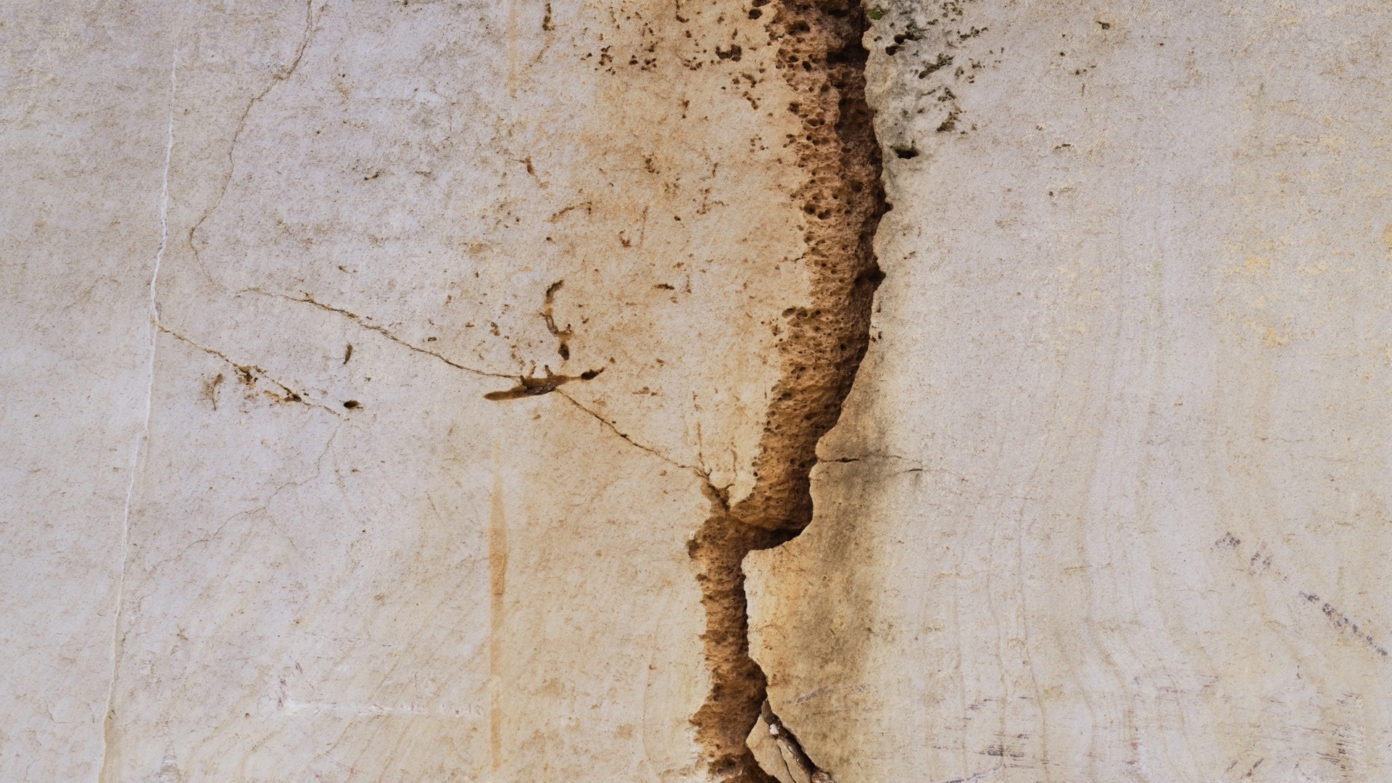From lectures to learner-centered experiences, the metamorphosis of educational facilities
Driven by a race for attractiveness, campuses are becoming architectural showcases, competing with corporate headquarters to embody new values and attract curious minds. The form and function of campuses are evolving to meet the changing needs of education, where tradition meets innovation in a drive for excellence and inclusivity. We are entering a new era of higher education!












